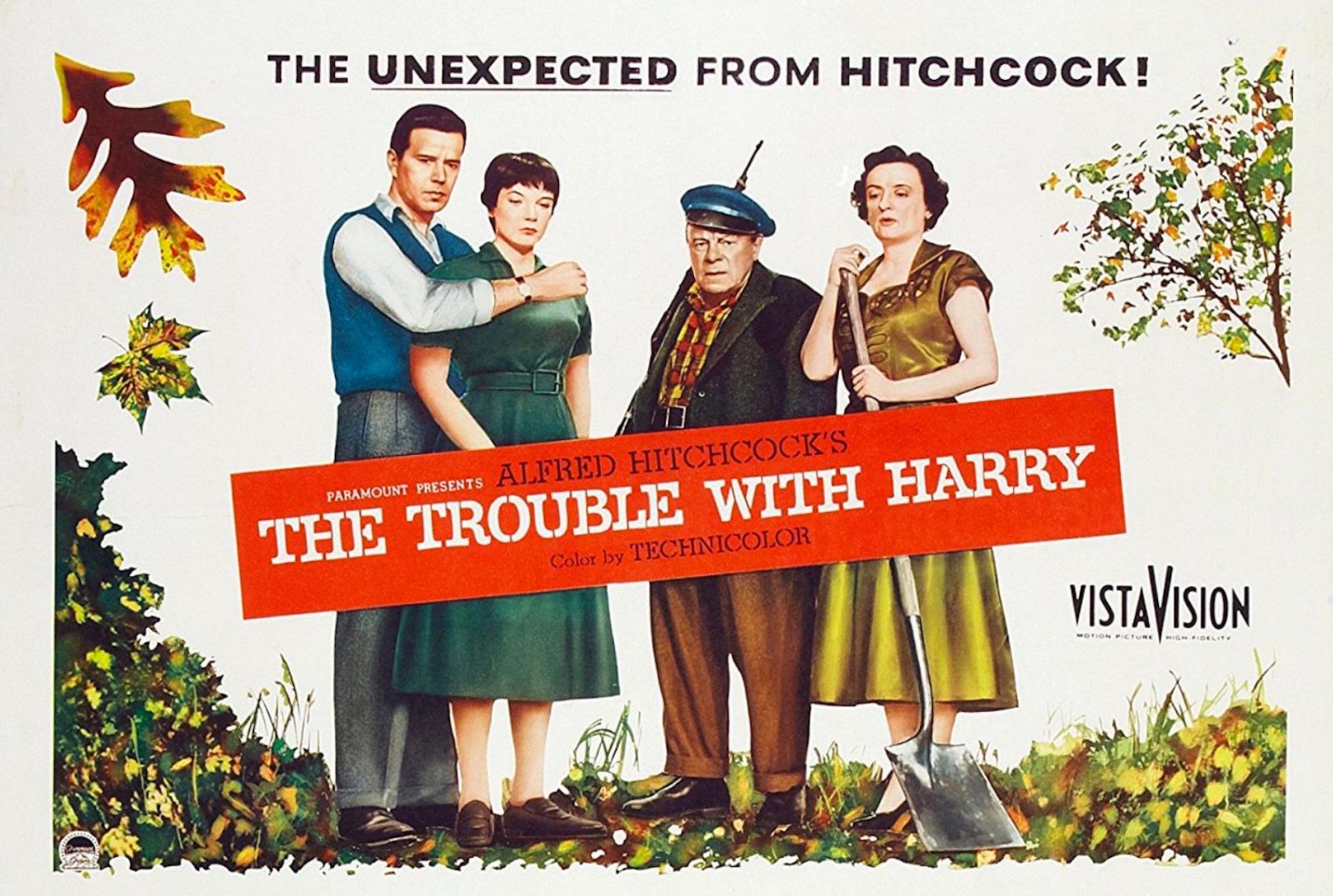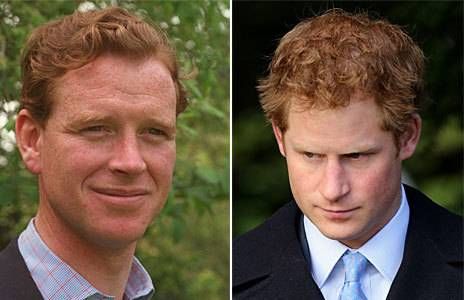The Trouble with Harry
by Michael Curtis

During this time of the pandemic Covid-19 the real British monarchy is quiet and isolated. Queen Elizabeth II is in lockdown in Windsor Castle with the Duke of Edinburgh and a reduced household . Prince Charles, 71 years old who had tested positive of the pandemic and experienced mild symptoms, is in semi-isolation in his home in Birkhall on the Balmoral estate in Scotland. The bells of Westminster Abbey are silent, and there were no 21-gun salutes on the Queen’s birthday on April 26.
Meanwhile, Prince Harry, still formally Duke of Sussex, who officially left royal life on March 31, together with wife Meghan, still Duchess of Sussex, and son Archie, is searching for a million dollar home in Malibu, California, or in another expensive suburb of the Los Angeles area. Critics of the Sussex pair had hoped that Harry and Meghan would consign themselves to oblivion for a while. This is not to be, as the pair consider the philosophical question, “Is you is or is you ain’t a Royal?” with their usual wisdom and grace. That wisdom was applied to the British media. They naturally believe that a free press is a cornerstone in any democracy. They add that the power of the press cannot be enjoyed without responsibility, and that salacious gossip boosts advertising revenue. Reporting cannot be based on a lie. They cannot offer themselves up as currency for an economy of “chicken bait and distortion.” The Sussex pair are not the only public figures who try to minimize those who report inconvenient or “fake” news.
As a result, they have cut ties with four British tabloids, so Sussex will not communicate with or respond to any enquiries from them. In a statement, lacking in irony or intellectual depth or even coherence, Harry informed the world they were revising their media policy to reflect their forthcoming change as members of the Royal Family with financial independence.
Alfred Hitchcock might have made an amusing film about this ignoble farce. And he did direct one his lesser known films, The Trouble with Harry, a black comedy in technicolor, made in 1955 that included some frank language . Unlike other works by Hitchcock who directed 53 films, it is an unusual “comedie noir,” a mixture of bad taste, and dry humor. The story is a series of opinions about what to do with the dead body of a man, well dressed, found in the countryside. His body is buried and dug up several times during the day before it is put back on the spot where it was discovered. Three of the four main characters believe they inadvertently killed him, though they finally realize that he died of natural causes and no foul play or conspiracy was involved.
It is a film of whimsy, bitter sweet, tongue in cheek, in which the four characters do not immediately call the police but discuss their personal lives and mundane matters in a casual manner. The characters, in a way similar to the real Prince Harry, portray themselves as they wish they were, though they do not portray themselves as fighters for freedom from the press. There is no mistaking the firmness of opinion among the characters, but in view of his surprising attitude to the Royal Family the story of Harry is still a matter of conjecture. The Trouble with the Existing Harry is whether Prince Charles, Prince of Wales, is his real father.
In examining his story dates are important. Harry’s parents were married on July 29, 1981, and he was born on September 15, 1984. It is well known that Prince Charles, 29 years old at marriage and Diana Spencer then not quite 20, had been involved in a loveless marriage. The fairy tale had ended early, perhaps never begun, and officially ended with divorce in 1996. Rumors about the lackluster marriage circulated quickly. Buckingham Palace does not have the erotic history of the French presidential home, the Elysee in Paris, where it was taken for granted that the president, a man of power, had at least one mistress. but the Palace and the Royal Family, directly or indirectly, has had its share of sex scandals.
Charles appeared to be still nvolved with Camilla Parker Bowles, now Duchess of Cornwall, long married to Brigadier Andrew Parker Bowles, but with whom he had a love affair in the 1990s. Paradoxically, APB had had a brief relationship with Princess Anne, sister of Charles, but was regarded as unsuitable, partly because he was Catholic, as a royal spouse. In spite of his marriage in 1973, APB had a number of extra-marital affairs, and Camilla resumed her relationship with Charles. Diana in a later TV program in a rare attempt at humor said there was three in her marriage.
But Diana did not lack companions. Rumors began to circulate of relationships in 1985 with a bodyguard who was then dismissed, with a car salesman in the 1990s, with a billionaire and art dealer, and the reason for more than 300 phone calls to Oliver Hoare, a wealthy art dealer who was her lover. Diana had an affair with a British-Pakistani heart surgeon, Hasnat Khan, for two years, 1995-7, which ended because Diana did not want to move to Pakistan. The last romance, lasting two months, was with playboy Dodi Fayed, son of billionaire Mohamed Al-Fayed, who owned the Ritz Hotel in Paris and Harrods store in London. Dodi at the same time as involvement with Diana was technically engaged to an American model and had bought a house in Malibu for the two of them. Diana’s death, together with Dodi, came in the car crash on August 31, 1997 in a tunnel in Paris. Al Fayed always claimed that Prince Philip had ordered the British security service to kill Diana.
But Diana’s most meaningful relationship was with her riding instructor James Hewitt, cavalry officer once attached to the Life Guards. He and Diana both admitted the affair, which mostly took place in the cottage of Hewitt’s mother in Devon, and said it had stated in 1986, two years after the birth of Harry, and lasted for five years. However, rumors persisted because of physical resemblance of the two men, most prominently the fact that Harry, like Hewitt, had red or ginger hair, otherwise not known in the British Royal Family.

James Hewitt and Prince Harry
Those who denied the accusation that Hewitt was the father held that some members of Diana’s family, the Spencers, had red hair. Also, Hewitt was not balding as were Harry and Prince Charles. Harry has blue eyes, while Hewitt had brown eyes. Hewitt naturally always denied he was Harry’s father, but the truth remains elusive with some critics holding that the affair with Diana began before 1986.
The doubt remains. Fiction dealt with the issue and resembled reality in a number of ways relevant to the truth. In the play King Charles III by Mike Bartlett, a controversial play written in 2014 in blank verse, in fact mixing jargon with verse, about Charles’s accession to the throne on the death of Queen Elizabeth. Charles admits that “my life has been a longing for the throne.” One of the characters implies that Hewitt was the father of Harry. In addition, Harry is featured in an affair with a student, a working class black girl, who is a revolutionary republican opposed to monarchy, and accordingly Harry wants to become a commoner, not remain a royal person. In the play, several years before Harry’s involvement with Meghan, King Charles agrees with Harry’s desire to become commoner. Nevertheless, Harry, who resembles Prince Hal in Shakespeare’s Henry IV, is a frequenter of taverns and raffish company, but abandons his former playmates and girlfriend when the issue of the monarchy is resolved.
In view of Prince Harry’s attack on the press it is ironic that the central theme of the play is the unconstitutional refusal of King Charles to sign a bill passed by Parliament, as monarchs are expected to do automatically, that would impose state regulation of the press.
As for Harry’s father perhaps a DNA test might settle the issue.